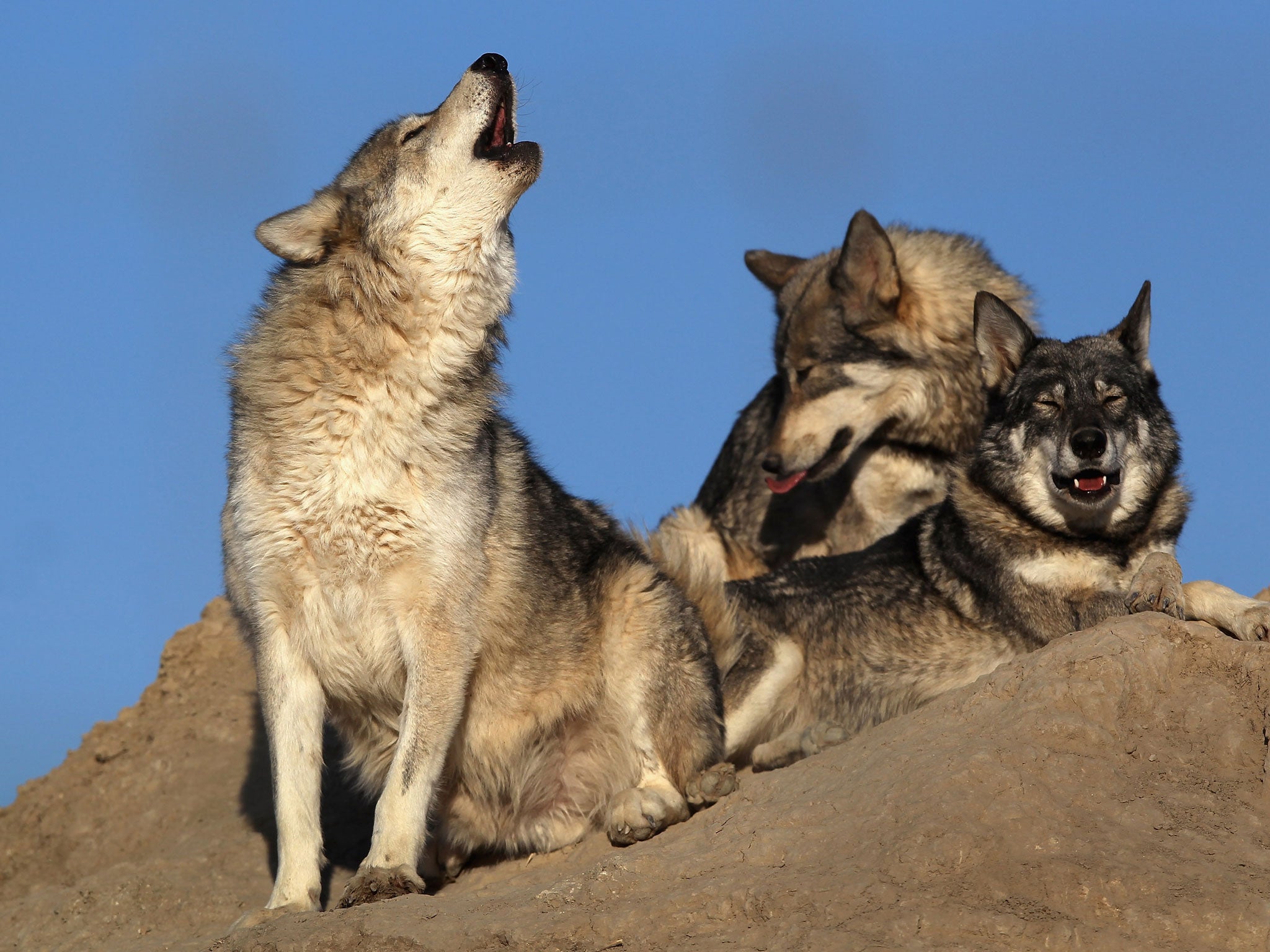Wildlife Services: Critics target America's ‘rogue’ assassins who kill 3 million animals a year
A US government programme to control wildlife is under fire for being inhumane

They say US critter assassins work in secret, quietly laying traps, lacing food with poison, sniping at targets from helicopters. Few people know exactly how the hits go down; the methods are largely hidden.
What is certain is that the US Department of Agriculture’s little-known Wildlife Services programme kills up to 3 million animals a year, mostly those deemed a nuisance but also some that agents kill by mistake, including endangered species.
Now, in a turnabout, the hunter is the target. A petition seeks to reduce the power of Wildlife Services and shine a light on its practices, claiming its agents have “gone rogue”, overstepping the mission to protect the public by killing indiscriminately.
There is no dispute that Wildlife Services plays a valuable role by eliminating invasive animals such as nutria and starlings. But critics have questions: How many is too many? Does the agency euthanise wildlife too often on behalf of farmers and ranchers without regard to ecosystems?
The petition filed by the Centre for Biological Diversity is not the first time that animal rights activists have squared off against Wildlife Services, but this time their coalition includes politicians who agree the agency is too secret and too deadly. Even some federal workers frown on it; staff at the US Fish and Wildlife Service dismiss Wildlife Services agents as “gopher chokers.”
“Wildlife Services is one of the most opaque and obstinate departments I’ve dealt with,” said Peter A DeFazio, a Democratic congressman from Oregon. “We’re really not sure what they’re doing. I’ve asked the agency to give me breakdowns on what lethal methods they’re using. They can’t or won’t do that. We’ve asked them to tell us what goes into their poisons. They won’t.”
Mr DeFazio and several colleagues requested a congressional hearing on the agency’s practices without success, so they pushed the USDA Inspector General to conduct an audit.
“The WS programme is inefficient, inhumane and in need of a review,” the lawmakers wrote in September to Inspector General Phyllis Fong. They said that the frequent killings of top predators, such as wolves, bears and coyotes, benefit “a small proportion of the nation’s private agriculture” and other interests.
Wildlife Services said it had nothing to hide. A spokeswoman said the bulk of its work was to protect humans.
“For example, we work with the aviation community to protect the public by reducing wildlife hazards at more than 800 airports,” spokeswoman Lyndsay Cole said.
“Wildlife Services’ efforts to protect threatened and endangered species are conducted in more than 34 states. It also operates the National Rabies Management Programme.”
The service has consulted with wolf-management agencies to “lessen the negative impacts of expanding wolf populations since the 1970s,” she said.
Cole said the agency’s kills were guided by a science-based decision-making model.
“This basically says they can use whatever methods at their disposal, whenever they want,” said Amy Atwood, a senior attorney for the Centre for Biological Diversity. “Just saying you comply with the law doesn’t make it so.”
Concerns about Wildlife Services spiked last year when agent Jamie Olson posted photographs on Facebook showing his dogs attacking and mauling a coyote caught in a trap.
In January, Wildlife Services trapper Russell Files was arrested in Arizona for intentionally snaring a neighbour’s dog in a trap. Before it was rescued, the animal lost 17 teeth trying to chew off its leg.
(c) Washington Post
Join our commenting forum
Join thought-provoking conversations, follow other Independent readers and see their replies
Comments
Bookmark popover
Removed from bookmarks